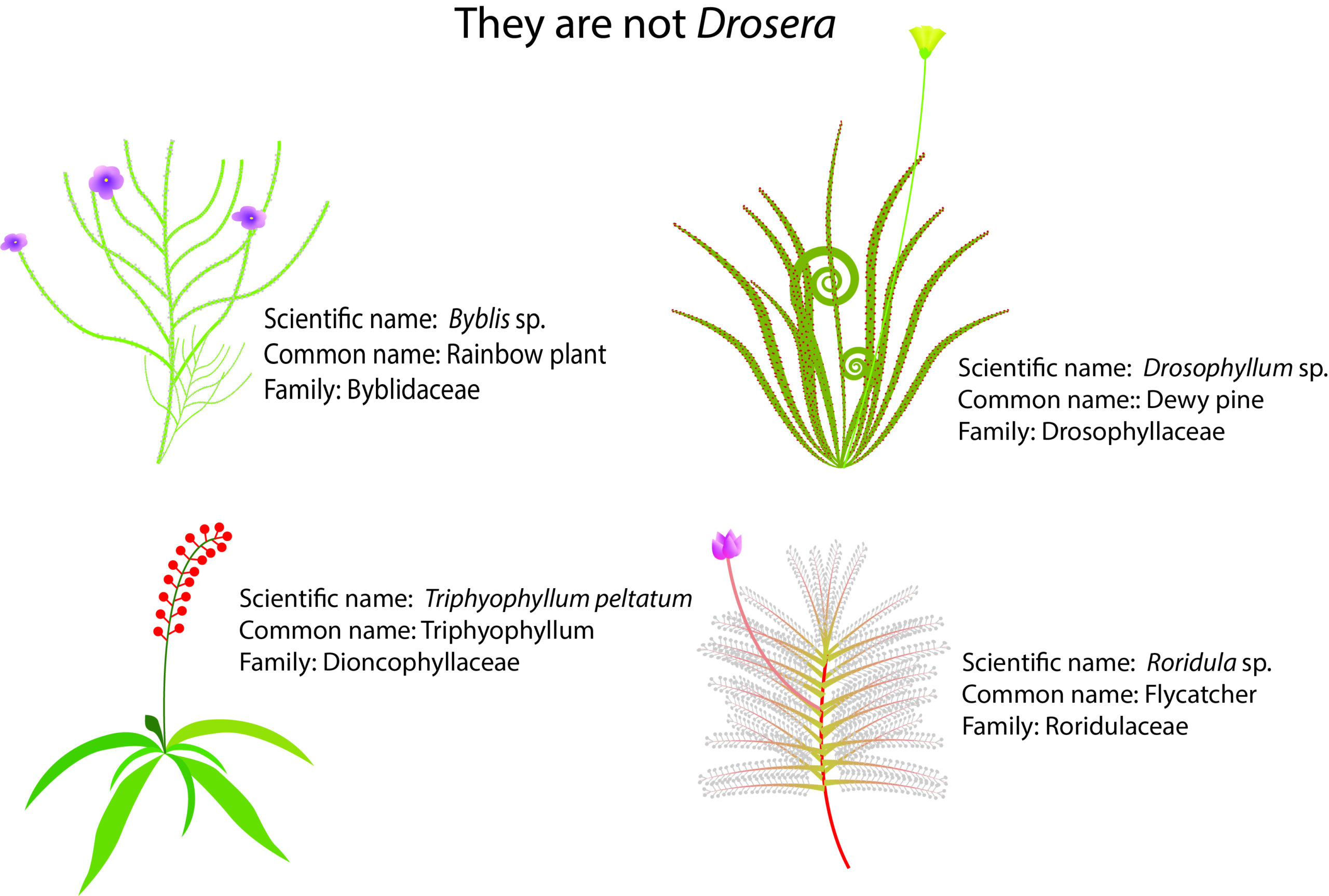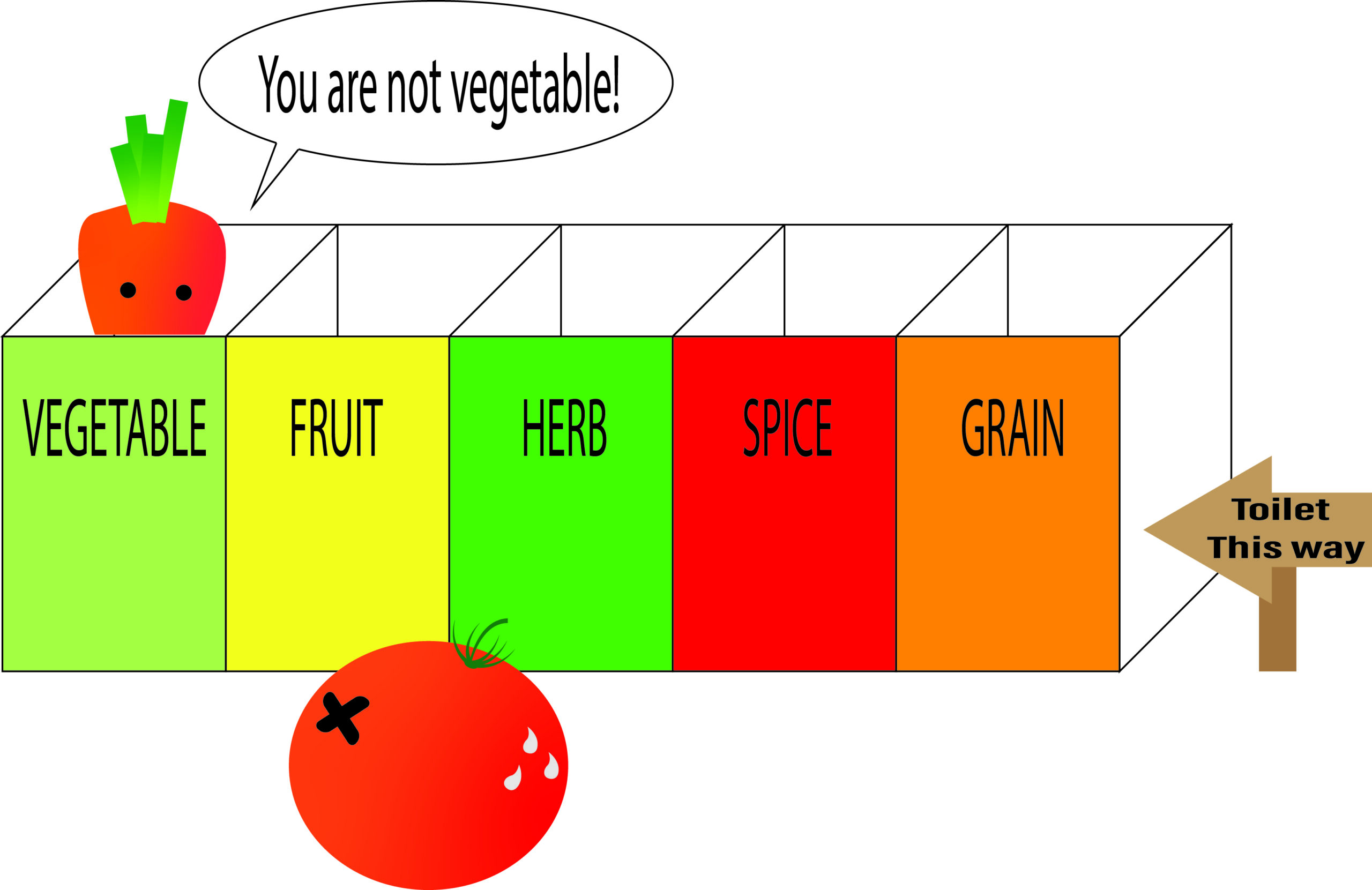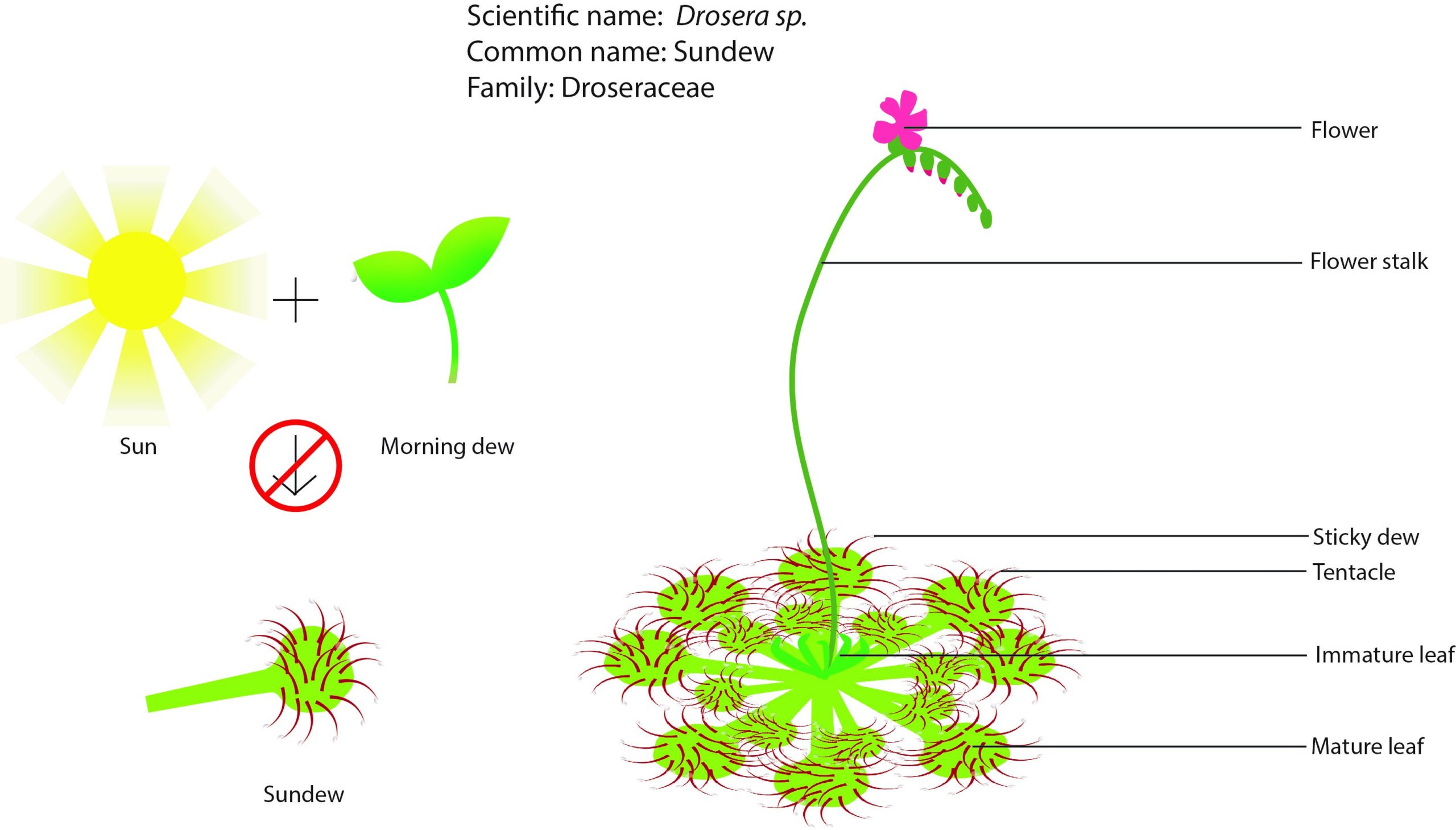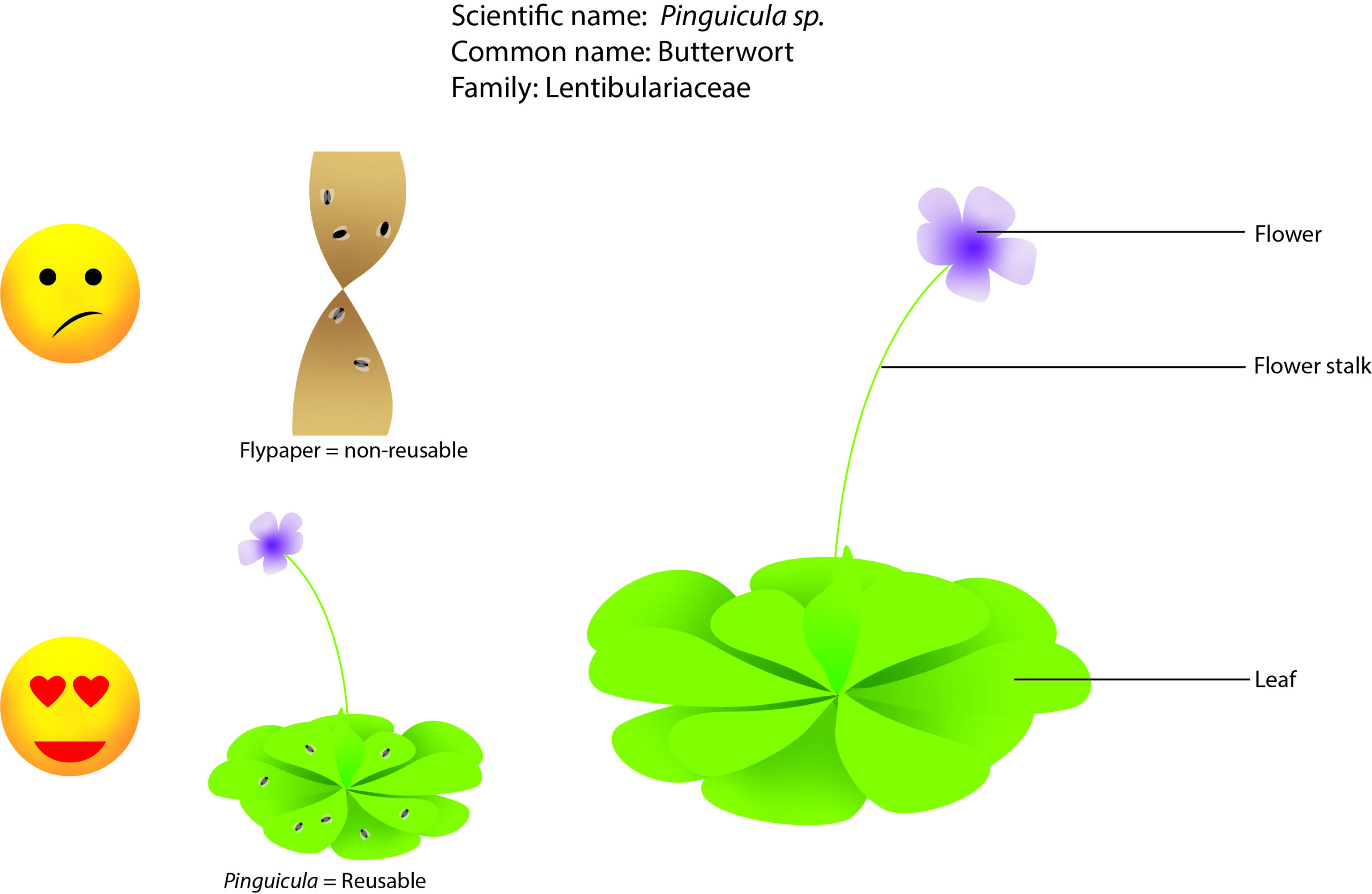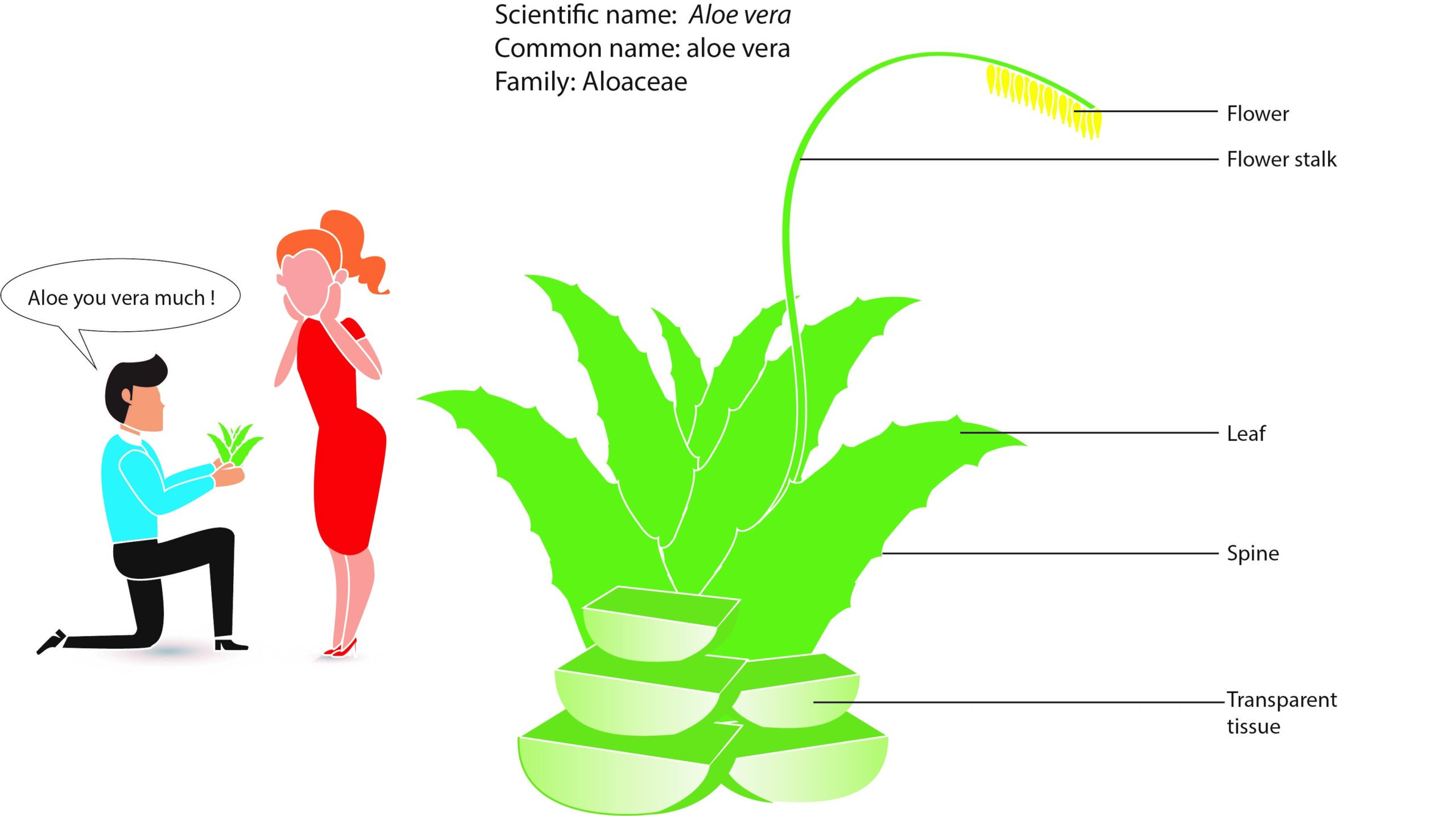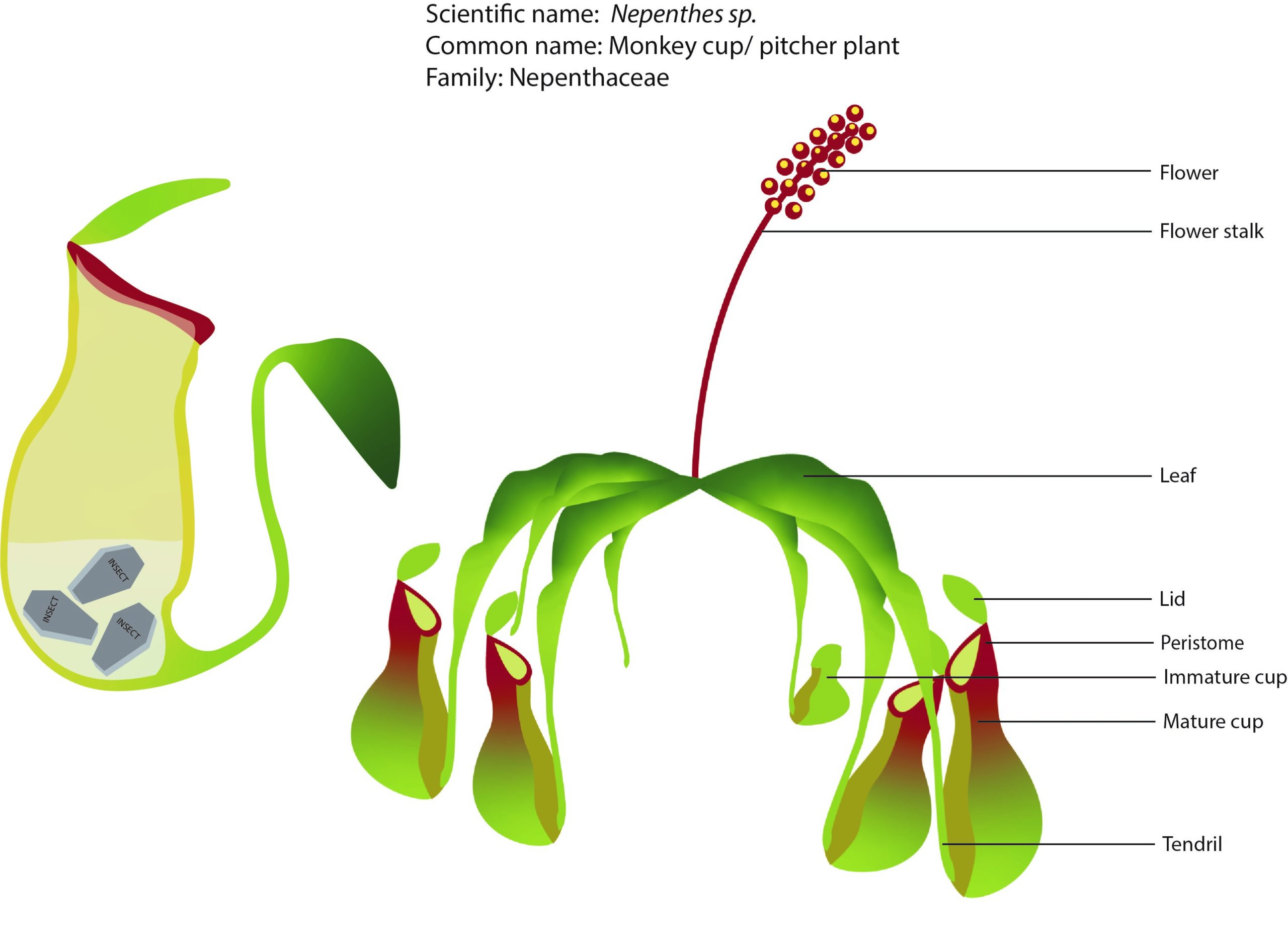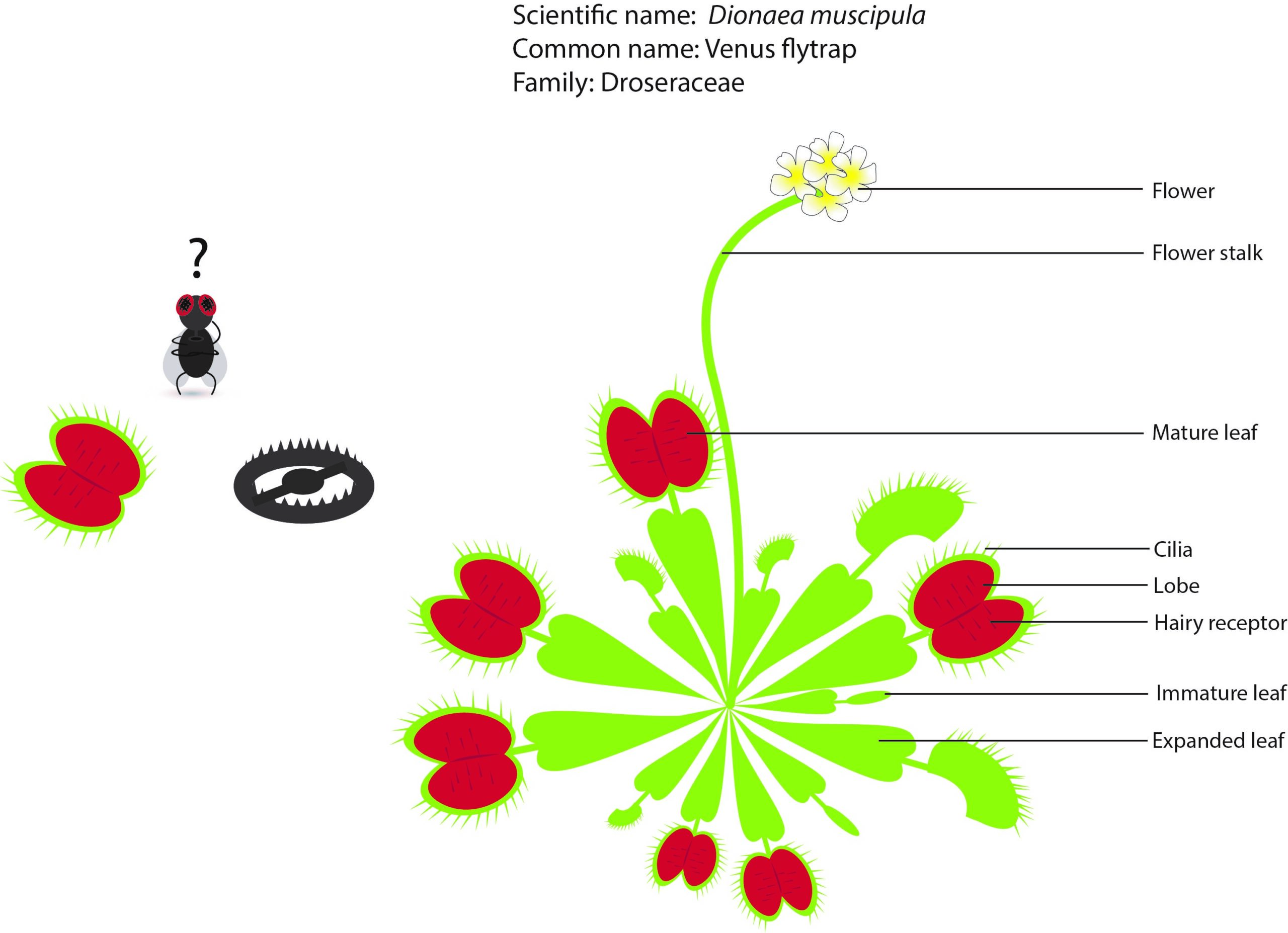Carnivorous plants that look like Drosera
Well, we heard of sundew, the Drosera, when the dew is shined by light, it produces a mini rainbow. Why does it not called a rainbow plant? This is because the rainbow plant, the common name, is taken by Byblis under the family of Byblidaceae that is native to Australia. Byblis can appear as frosted sprays of water and sparkle with multicolored hues in the presence of light. It is not a sundew but it … Read more
